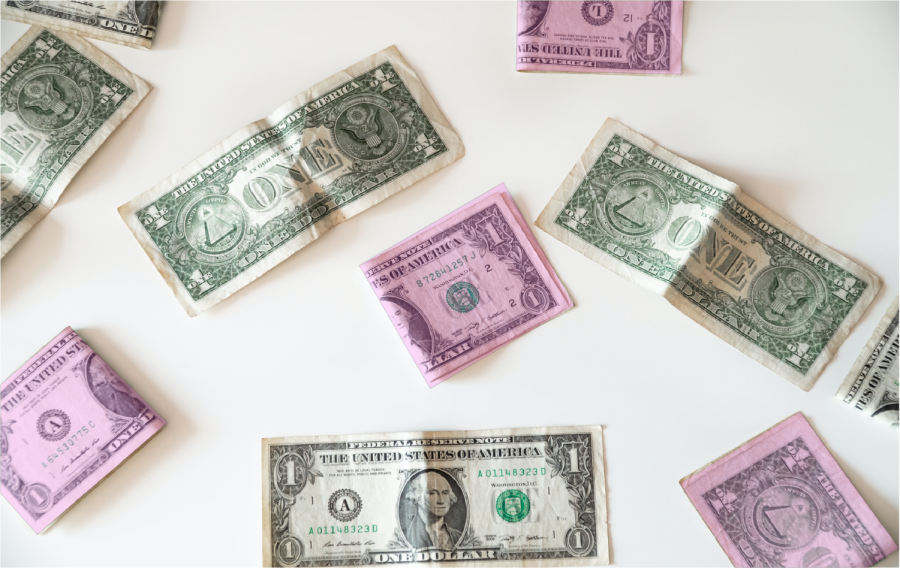The Pink Tax
Despite the substantial push for equality, there are still hidden, unjust flaws within the economy. For instance, the gender pay gap is a wage inconsistency that decreases a woman’s income compared to her male counterpart. According to PayScale, the uncontrolled pay gap results in the average woman earning “only 81 cents for every dollar a man makes.” This deficit of 19 cents can vary between ethnicities and even job titles. For example, a black woman may only be paid 47 to 67 cents for every dollar a white man makes. However, when evaluating the controlled gender pay gap, which displays a difference between salaries only regarding gender, the average woman still earns two cents less per dollar than a man despite having the same qualifications. To worsen this financial difference, National Public Radio (NPR) claims that the current pandemic will broaden the gender pay gap from 19 cents to a deficit of 24 cents. In conjunction with these deficiencies, a gender-based phenomenon known as the Pink Tax unjustly increases the average woman’s spending.
A 2010 study from Consumer Reports pointed out that drugstore products marketed for women, even if used by both genders, “might cost up to 50 percent more” due to a difference in product packaging, product discrimination and tariffs. The goods affected by this biased pricing include basic hygiene products such as shampoos, shaving razors, shaving cream and toys. To illustrate the price difference, Healthline demonstrated that “feminine” shampoos could cost up to $2.71 more than shampoos intended for males.
The Pink Tax is even applied to everyday necessities such as medications and menstrual products. An example is the tampon tax, which considers tampons as luxuries rather than bare essentials. Various countries, including Canada, Kenya and Australia, have recognized the absurdity of taxing women’s products due to a biological difference that cannot be controlled and, therefore, abolish it. Other countries now, including the United States, have slowly begun to eliminate the tampon tax. Out of the 50 states, only 15 have terminated this gender-specific pricing. While menstrual products are still taxed, other goods in various forms, including gun club memberships, marshmallows, and cooking wine, have been exempt from tax. These exclusions prove the delayed but necessary discussion on menstrual equity and gender-specific pricing.
Despite fundamentally earning less than their male counterparts, “feminine” products and basic needs have an extra tax. According to Bankrate, “The Pink Tax costs the average woman $1,300 a year and impacts all aspects of daily life from shopping to dry cleaning.” Women have taken tremendous steps to eliminate inequalities within our society and economy. However, there is still work to be done and hidden flaws to be uncovered. The Pink Tax and tampon tax are prime examples of biased pricing that must be addressed.










